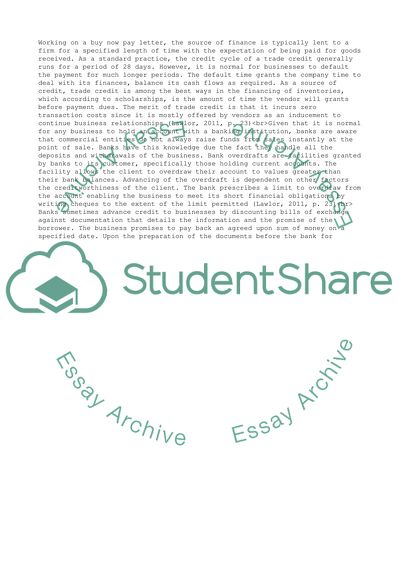Cite this document
(Managing Financial Resources and Decision Essay - 1, n.d.)
Managing Financial Resources and Decision Essay - 1. https://studentshare.org/management/1856301-managing-financial-resources-and-decision
Managing Financial Resources and Decision Essay - 1. https://studentshare.org/management/1856301-managing-financial-resources-and-decision
(Managing Financial Resources and Decision Essay - 1)
Managing Financial Resources and Decision Essay - 1. https://studentshare.org/management/1856301-managing-financial-resources-and-decision.
Managing Financial Resources and Decision Essay - 1. https://studentshare.org/management/1856301-managing-financial-resources-and-decision.
“Managing Financial Resources and Decision Essay - 1”. https://studentshare.org/management/1856301-managing-financial-resources-and-decision.


